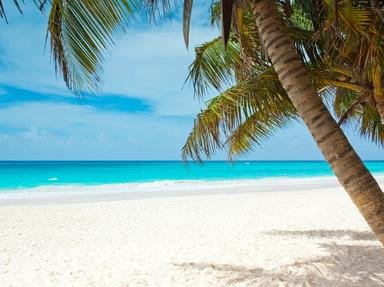Quiz Answer Key and Fun Facts
1. When did Trinidad and Tobago gain independence?
2. Of what quality is the colour of the broad diagonal band in the flag of Trinidad and Tobago a symbol?
3. The Arawak name for the pictured bird is thought by some to be behind their name for Trinidad, Cairi.
4. Tobago is in which direction from Trinidad?
5. What is the name of the body of water on the west side of Trinidad?
6. This beach is located in the third-largest city on the island of Trinidad, which also happens to be the national capital. What is its name?
7. Which of these is the official language of Trinidad and Tobago?
8. This temperature chart (for Port of Spain) is a reflection of what major environmental issue?
9. When is the rainy season in Trinidad and Tobago?
10. As is the case for many Caribbean islands, tourism is the major economic resource for Trinidad and Tobago.
Source: Author
looney_tunes
This quiz was reviewed by FunTrivia editor
agony before going online.
Any errors found in FunTrivia content are routinely corrected through our feedback system.
